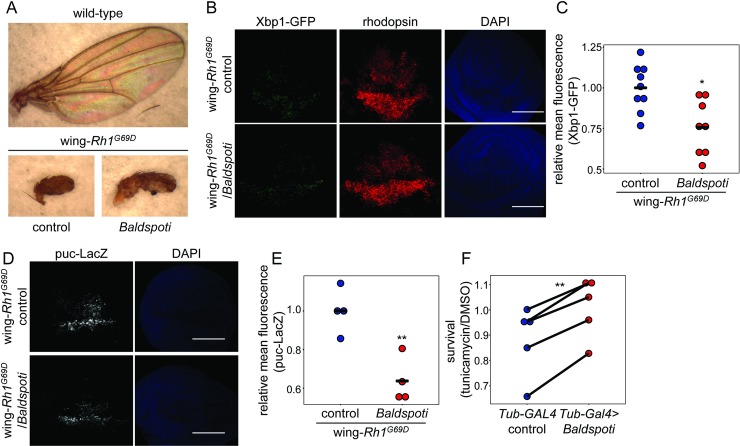Fig 4. Baldspot is a general modifier of the ER stress response.
(A) Loss of Baldspot partially rescues the adult vestigial wing phenotype caused by expression of Rh1G69D in the wing disc (wing-Rh1G69D/Baldspoti vs wing-Rh1G69D controls). (B) Wing discs from wing-Rh1G69D/Baldspoti flies had lower Xbp1-EGFP expression, as compared to wing discs from wing-Rh1G69D controls. Wing discs were dissected from wandering L3 larvae expressing Rh1G69D and UAS-Xbp1-EGFP and stained for GFP and rhodopsin, with DAPI as a counterstain. (C) Xbp1-EGFP levels are significantly reduced in wing-Rh1G69D/Baldspoti eye discs (0.76 ± 0.2 fold-change from controls) as compared to wing-Rh1G69D controls (1.00 ± 0.14). (D) Wing discs from wing-Rh1G69D/Baldspoti flies had lower puc-LacZ expression, as compared to wing discs from wing-Rh1G69D controls. (E) Puc-LacZ levels are significantly reduced in wing-Rh1G69D/Baldspoti wing discs (0.64 ± 0.12 fold-change from controls) as compared to wing-Rh1G69D controls (1.00 ± 0.12). (F) Larvae with ubiquitous knockdown of Baldspot are significantly more resistant to Tunicamycin-induced ER stress than control larvae. L2 larvae were treated with tunicamycin or DMSO and survival to pupation was calculated as a measure of resistance to ER stress. Five representative experiments are shown. Scale bars = 0.1 mm. * P < 0.05, ** P < 0.005.

